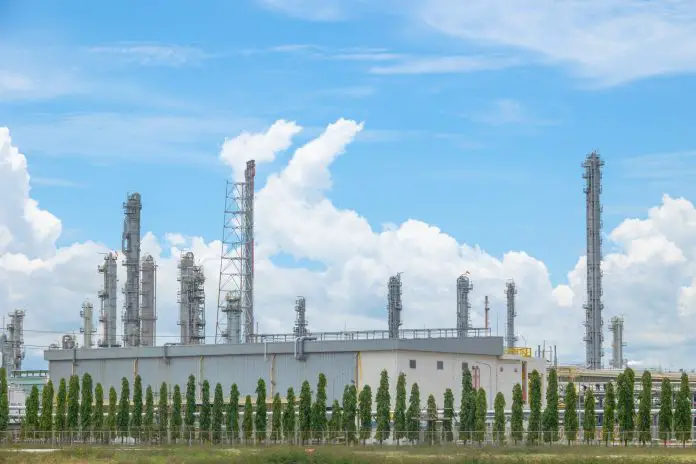In an important update for small business owners navigating the complex energy landscape, Alaska is poised for a significant rebound in crude oil production. According to the latest projections from the U.S. Energy Information Administration (EIA), production levels in Alaska are set to rise by 16,000 barrels per day (b/d) in 2026, reaching a total of 438,000 b/d. This marks the first annual production increase since 2017, driven primarily by two crucial projects in the region: Nuna and Pikka.
For small businesses, particularly those in industries reliant on oil and gas, this surge in production could offer various economic opportunities and challenges alike.
The recent EIA report highlights that average annual crude oil production in Alaska had previously stagnated, peaking at approximately 2 million b/d in 1988 but declining largely due to maturing oil fields and high operational costs. The anticipated growth from the Nuna and Pikka projects signals a potential resurgence for the state’s oil sector, which has faced numerous hurdles in recent decades.
ConocoPhillips, which recently produced its first oil from the Nuna project in December 2024, plans to maintain a steady trajectory for production. It is expected that the Nuna project will reach peak production of around 20,000 b/d through 29 wells, adding a much-needed boost to Alaska’s output. Meanwhile, the Pikka project, developed in partnership with Santos and Repsol, aims for a more ambitious target of 80,000 b/d from 45 wells at its peak.
As the state’s oil sector potentially rebounds, benefits for small businesses could include increased demand for services related to drilling, logistics, and support operations. Moreover, higher oil production could lead to more stable energy prices, which many small businesses grapple with in their operational budgets.
However, small business owners should remain cognizant of several factors as they evaluate the implications of these developments. First, while the immediate forecast is positive, fluctuations in global oil prices may still impact demand for Alaskan crude. Additionally, existing challenges such as regulatory hurdles, environmental concerns, and the ongoing shift towards renewable energy sources may pose risks for long-term consistency in oil production.
The EIA reports that as of 2023, Alaska had 2,340 active wells, 65% of which produced more than 100 barrels of oil equivalent per day (BOE/d). This statistic underscores the competitive nature of oil production in the state, as production rates for the Nuna and Pikka wells are projected to exceed those of most existing wells, enhancing their critical roles in bolstering Alaska’s overall output.
Furthermore, by 2028, the companies behind these projects plan to drill an additional 58 wells, indicating not only continued investment in Alaska’s oil infrastructure but also sustained activity in the region. This uptick in exploration and production activity can foster ancillary economic growth, creating job opportunities and a ripple effect in local economies.
Yet, small business owners should also be mindful of potential challenges. The oil and gas sector is often subject to boom and bust cycles, and reliance on a fluctuating commodity could lead to instability for businesses dependent on this industry. Additionally, environmental regulations and community backlash against fossil fuel development can complicate operations, with public sentiment shifting towards more sustainable practices.
With the production boost expected to support refineries in Alaska, the Pacific Northwest, and California, local entrepreneurs should consider ways to align their offerings with industries benefiting from increased oil output. Those involved in transportation, equipment supply, or even renewable energy sectors may find innovative ways to capitalize on these market shifts.
As the months progress, small businesses in the oil-dependent regions of Alaska, and beyond, should remain agile, monitor developments closely, and explore new avenues for growth and collaboration amidst changing energy dynamics. For a comprehensive overview of the EIA’s findings, you can read the full report here.
Image Via Envato: coffeekai



